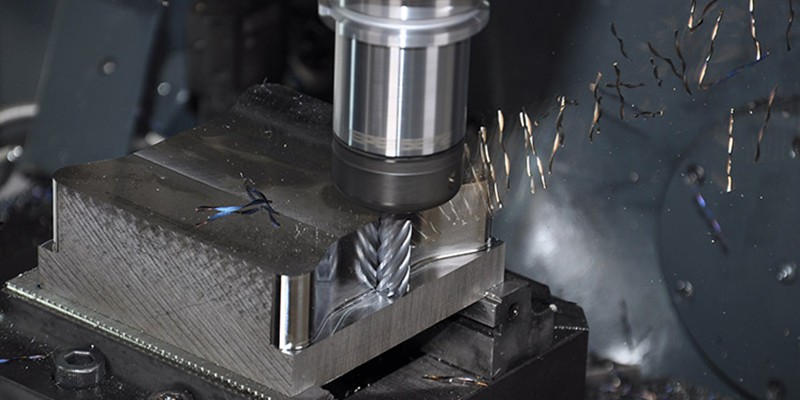- June 2, 2023
Stainless steel is one of the metals used for CNC machining due to its incredible versatility. It finds use in various industries, including automotive, consumer, medical, and aerospace. The versatility of stainless steel is down to its numerous benefits, from corrosion resistance to durability.
However, not all types of stainless steel are easy to machine. There are challenges one might experience when CNC machining stainless steel. Read on more.
Why Choose Stainless Steel for CNC Machining Projects?
Stainless steel is an excellent CNC machining material option for making robust and long-lasting items. Here are some reasons to choose stainless steel for CNC machining projects.
1. High Tensile Strength
Stainless steel has a higher tensile strength than mild steel, brass, and different types of aluminum alloys. The tension required to stretch a material to its breaking point is known as the tensile strength. This is an important quality for many products throughout their useful lives, especially for parts that would undergo a lot of bending and rolling.
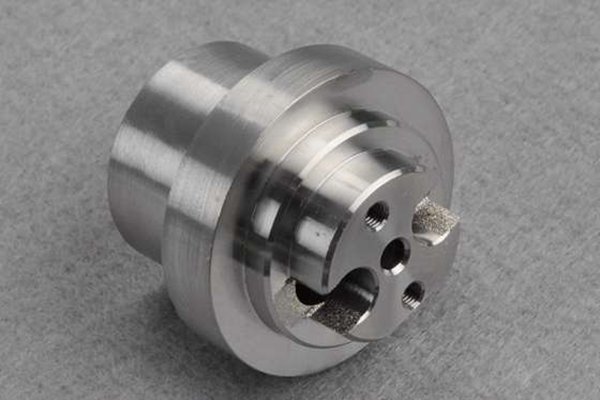
2. Cryogenic Resistance
At a variety of temperatures, some stainless steel grades maintain their stability. For instance, austenitic steels exhibit excellent toughness and improved tensile strength at temperatures below zero. However, it is important to note that not all stainless steel grades exhibit this feature.
3. Corrosion Resistance
Stainless steel has great corrosion resistance, which can withstand water stains and rust. This corrosion resistance makes stainless steel ideal for various outdoor and interior applications, including extremes of temperature and pressure. This characteristic of stainless steel is due to the metal’s inclusion of chromium, which forms a thin layer to shield the steel when in contact with oxygen.
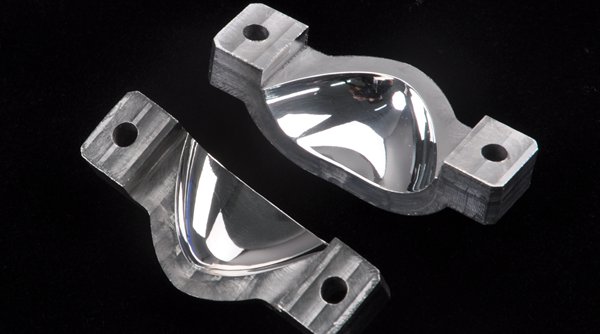
4. Appearance
Stainless steel has a silver-white color that does not discolor or rust over time. Its appearance is due to the high quantity of chromium. Besides, stainless steel has other qualities in addition to strength. This metal finds use in several products because of its beautiful appearance.
Without sacrificing practicality, CNC machining stainless steel part has a clean, modern appearance.
Challenges for Custom Stainless Steel Machined Parts
Stainless steel alloys fall between titanium and aluminum in terms of hardness, machinability, strength, and ability to resist temperature. But there are some challenges involved. Here are some challenges involved in machining custom stainless steel parts.
1. Overheating
Unlike many other types of steel and metals, stainless steel is a poor heat conductor. But working with stainless steel causes it to heat up rapidly, which can harm both the stainless steel itself and the tools and CNC machines used during the process.
2. Difficult Surface Finish
Choosing the right surface finish for stainless steel CNC machined parts is quite difficult. The reason is that, unlike other metals, surface finishing stainless steel does not only influence its aesthetics. It also affects other qualities such as corrosion resistance, electrical properties, impact resistance, and weldability.
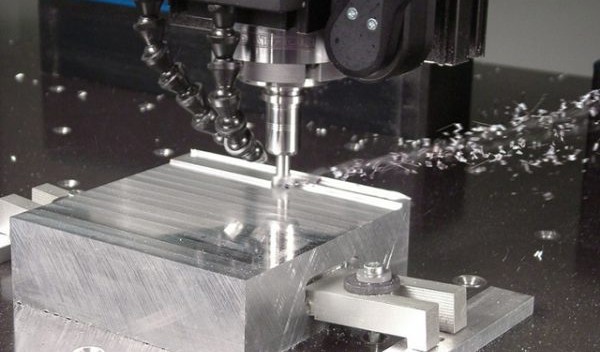
3. Technical Expertise
Working with stainless steel needs technical skill and consideration. The reason is that machining stainless steel is tricky, as using the wrong cutting tool or speed could damage the material. This challenge makes machining stainless steel exceedingly laborious and sluggish.
4. Poor Machinability
Compared to other metals, stainless steel is far more difficult to machine. Besides, it hardens so quickly that it is difficult to manage, contributing to its low machinability grade. Therefore, stainless steel would require specialized tools for machining.
Quick Tips for CNC Machining Stainless Steel
There are several challenges when CNC machining stainless steel, but there are ways to prevent this issue, ensuring smooth machining. Here are some quick tips for CNC machining this metal.
Choose Special End Mills and Drills
It is best to use tooling made from quality materials such as molybdenum or tungsten HSS end mills and drills. When cutting stainless steel, they can withstand the stress of the process with minimal wear. These tools also improve surface finish. Avoid using tools that wear easily, as this could reduce the machining speed while increasing production costs.
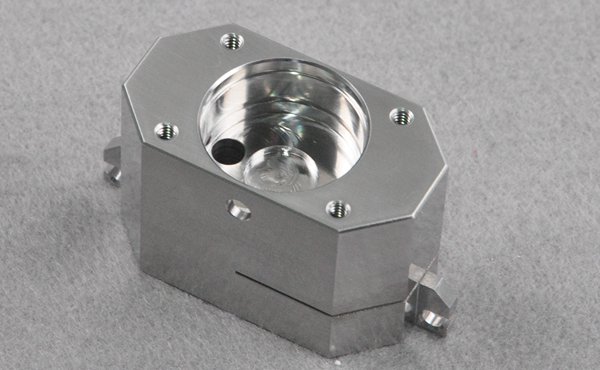
Manage Generated Heat
One of the reasons why stainless steel CNC machining fails is heat. Keeping the cutting speed low and using coolants to manage the heat is best. Also, a general recommendation is to stop machining when the material starts overheating.
Use Pecking and Chip-breaking Cycles
Using pecking and chip-breaking cycles for machining is one way to manage chip formation. Doing this helps eliminate long and stringy chips. Another way to manage chip formation is by checking tools often since worn cutting tools form more chips.
Protect Your Workpiece from Deformation
There are a lot of factors that can deform a workpiece, including speeds and feed rate, as well as cutting tools. Using a worn cutting tool would increase tool deflection, consequently causing parts to be out of tolerance and deformed. This is why using the recommended speed and feed rate when machining stainless steel is important.
Stainless Steel Alloys Available for CNC machining
Like there are different types of titanium alloys, several stainless steel alloys are ideal for various purposes. The below shows the CNC stainless steel alloys ideal for CNC machining.
SS Grade 17-4 (PH stainless steel)
This stainless steel contains up to 30% chromium. It is a grade of martensitic stainless steel that is precipitation-hardened.
Merits:
- Corrosion resistance
- High toughness
- High strength
Demerits:
- Prone to heat damage
Uses:
- Oil and gas
- Aircraft turbines
- Nuclear reactions
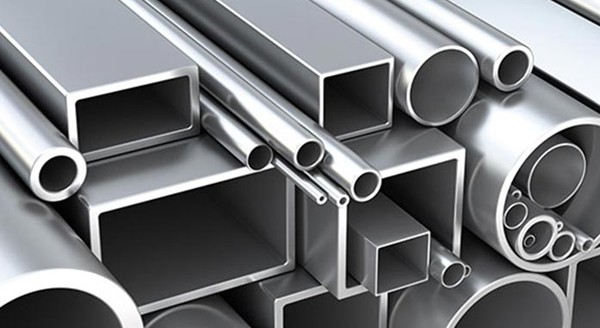
SS303 (Free machining Stainless steel)
This austenitic stainless steel is highly machinable and readily available.
Merits:
- Good corrosion resistance
- Moderately priced
- Excellent machinability
Demerits:
- Not ideal for marine applications
- Does not harden during heat treatment
Uses:
- Nuts, bolts, and screws
- Aircraft fittings
- Bushings
- Electronic hardware
SS304 (Stainless steel)
This stainless steel with good weldability is one of the most common grades available.
Merits:
- Good weldability
- Good machinability
- Excellent cost
- Good corrosion resistance
Demerits:
- Highly susceptible to cracking and corrosion
Uses:
- Architectural applications
- Screws
- Heat exchangers
- Food Handling
- Automotive parts
SS416 (Free machining stainless steel)
This is the most machinable stainless steel.
Merits:
- Moderate corrosion resistance
- Excellent machinability
- Outstanding strength
Demerits:
- Not ideal for marine environments
- Not suitable for chlorine-saturated environments
- Not widely available
- Poor weldability
Uses:
- Nuts and bolts
- Shafts and gears
- Valves
- Pumps
Surface Finishes Options for Stainless Steel Machined Parts
There are different surface finishing options available for use on stainless steel machined parts. These options range from polishing and etching to brushing and blasting. The type of surface finishing chosen for stainless steel surfaces often determines its corrosion resistance.
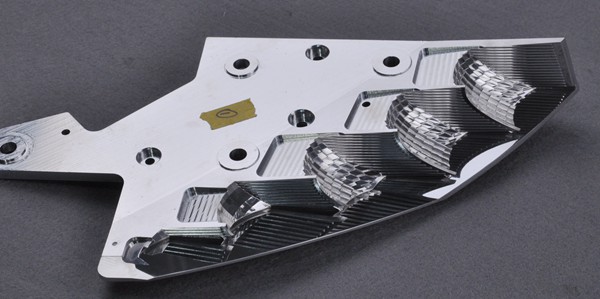
Polishing
For a polished finish on stainless steel objects, there are numerous possibilities. Most stainless steel parts have a #3 or #4 finish or a mirror finish of #8. Many manufacturers prefer the mirror finish’s reflected appearance. Mirror finishes are fantastic because they reflect light and look polished and shiny.
Blasting and Pickling
The usual finish for objects made of stainless steel is blasting and pickling. For this finish, the stainless products are mechanically cleaned by bead blasting, and then they are chemically cleaned by dipping them in a stainless steel passivation tank. This finish appears matte and has a highly contemporary appearance.
The blasted and pickled finish works well when going for an industrial look. This surface finish covers imperfections. Additionally, it is a favorite for marine projects and any other project subject to severe weather.
Brushing
Similar to polished stainless steel, brushed ones require slight abrasion. You can see a little of the underlying gentle silver-gray color with brushed steel. Because the brushed finish does not reflect light as much as the mirror-polished finish, it will slightly muffle the steel’s color, and many designers prefer the way it looks.
Start Machining Stainless Steel Parts at WayKen
Stainless steel machining requires a lot of expertise to pull off satisfactorily, which is why it is often best to outsource to competent manufacturers like WayKen.
We are a rapid manufacturing company with years of experience in CNC machining metals, including stainless steel. We offer a wide range of material and finishing options while guaranteeing quality service and timely delivery.
Conclusion
Stainless steel offers manufacturers several benefits. Its main advantages are corrosion resistance, the ability to withstand harsh environments, and longer service life than many equivalent metals.
FAQ
Why is stainless steel so hard to machine?
Stainless steel has high strength and exceptional plasticity, making manufacturing challenging. Additionally, the material will harden and produce a lot of heat throughout the machining process. Cutting tool wear increases as a result of this.
What speed do you need to mill stainless steel?
Generally, it is advised to use an SFM of 100 and 350 when milling stainless steels, with a chip load ranging from—0005″ for 1/8″ end mills to .006″ for 1″ end mills.
What is the best machining grade of stainless steel?
Due to its excellent feed and speed, 430F grade stainless steel is the most preferred grade in the machining industry. 430F stainless steel is essentially ferritic and identical to 430 but with more sulfur added for improved machinability.

